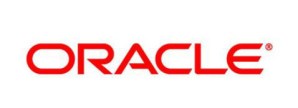
Database giant Oracle has reached an agreement to pay the U.S. federal government some $46 million to settle charges that the company paid kickbacks in order to win government work and purchasing contracts. The case centers on Sun Microsystems, which Oracle acquired back in 2009 for $7.4 billion, and covers software contracts that ran from 1998 to about 2006, prior to Oracle’s acquisition.
According to the Justice Department, Sun Microsystems was among many companies that paid kickbacks to Accenture PLC so that Accenture would recommend their products for purchase under government contracts. The Justice Department alleged that Sun provided inaccurate information in regard to contracts with the U.S. Postal service as well as two resellers of Sun products; federal regulations require suppliers engage in transparent negotiations so contracting officers can negotiate fair prices for services and goods. The Justice Department says that contracts in question were worth hundreds of millions of dollars.
Oracle has not commented on the settlement.
In August of last year, technology giant Hewlett-Packard announced a similar settlement with the Department of Justice, agreeing to pay about $55 million to settle charges it paid kickbacks to Accenture in exchange for having their gear and services recommended on government contracts. The cases are related; the entire kickback scheme was revealed in 2007 by two whistle-blowers, one at Accenture and another at PriceWaterhouseCoopers.


